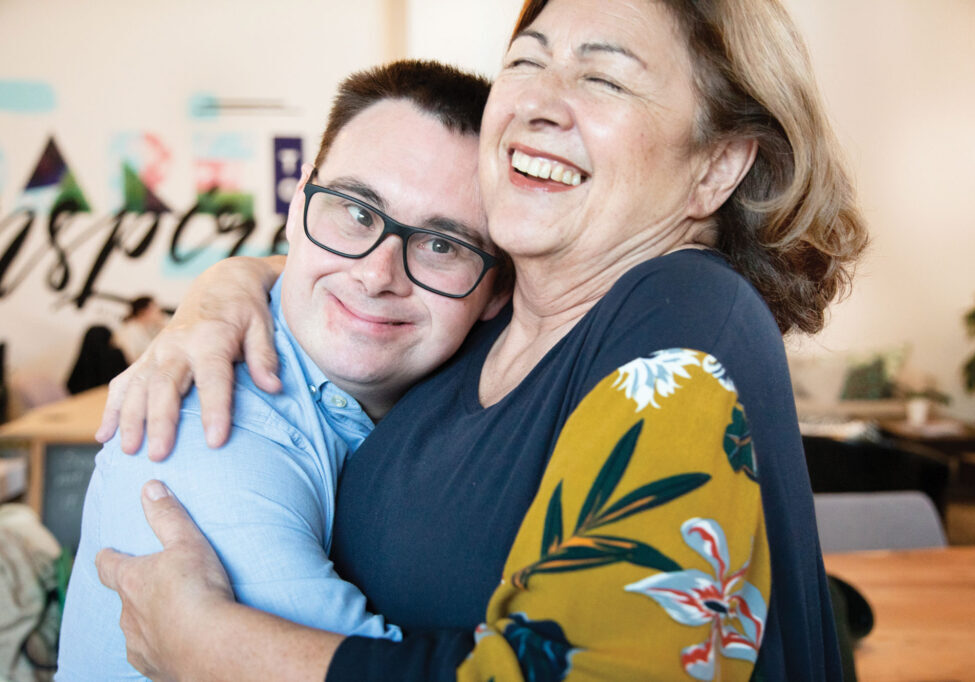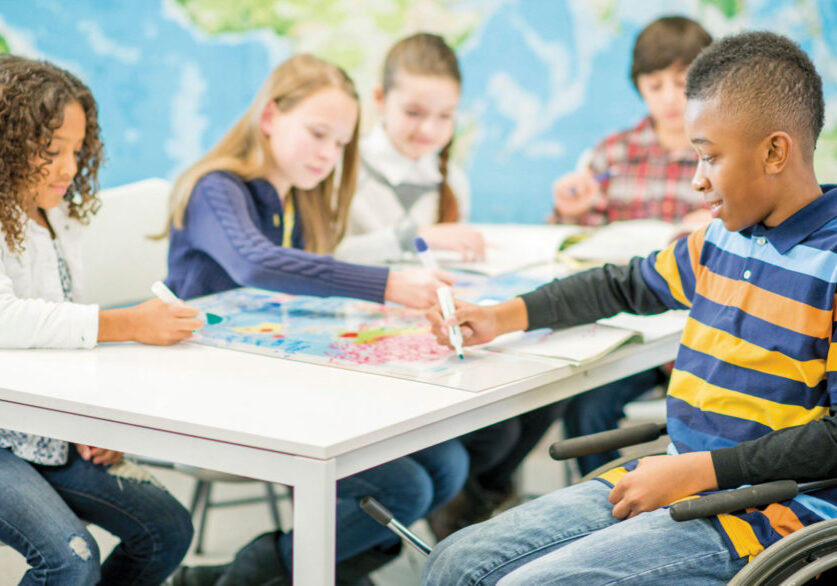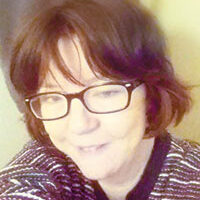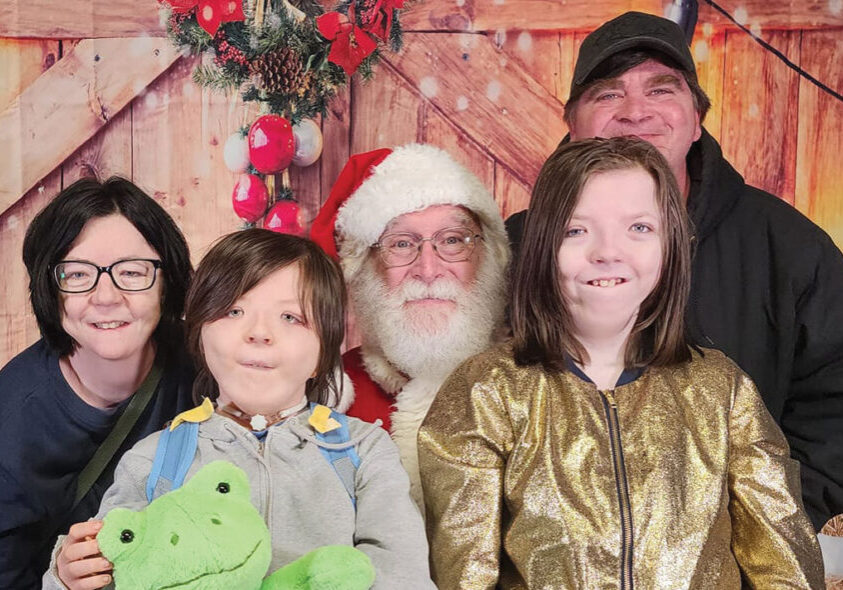February 28 is World Rare Disease Day. This is an annual observance to raise awareness for the 400 million people worldwide affected by rare diseases. Advanced medical technology and research capabilities allow doctors to diagnose many of these conditions prenatally or at birth, while others present later in life. While many rare diseases are genetic, there are also many rare infections, cancers, and some autoimmune diseases, which are not inherited. While research is ever changing and improving, the exact cause of many rare diseases is still unknown.
It’s estimated that humans have between 20,000 and 25,000 genes, and each person has two copies of each of these genes — one inherited from each parent. These genes can have deletions, partial deletions, or genetic translocations, resulting in a genetic condition. Most times, if both parents are carriers of an affected gene, it’s passed down to their child. Sometimes only one parent needs to be a carrier for a child to inherit a genetic condition. In other cases, they occur randomly and lead to a first-time diagnosis in a family.
What makes a condition rare?
In the United States, a rare disease is a condition that affects less than 200,000 people. Other countries have different definitions of “rare.” In the European Union, a disease is rare when it affects less than 1 in 2,000 people. Globally, some conditions are so rare that they never get an official diagnosis.
Two of my children and I have Oto Palatal Digital Syndrome (OPD), which affects less than one out of 100,000 people worldwide. It’s so rare that I didn’t receive an official diagnosis until my daughter Lilly was born in 2006. I was 34 years old. Five years later, my son Chance was diagnosed in utero during a routine ultrasound.
Living with a rare condition
Living with a rare condition is an ongoing learning experience for patients and families. After our official diagnosis 14 years ago, I threw myself into researching as much as possible. But back in 2006, information on OPD was still scarce. When you have a rare condition, you must resign yourself to the fact that you may never get the answers you’re looking for, and it’s ok to be ok with that.
Another aspect of having a rare condition is wondering if you’ll ever meet anyone like yourself. Even after receiving a diagnosis, it took several years and some serious searching on the internet to find anyone with the same condition. Thanks to the broad reach of social media, I’ve been lucky enough to connect with people from all over the world who also have OPD.
Living with a rare condition also involves a lot of education and advocacy. Most medical professionals have never heard of, much less seen a case of OPD in their career, and I’ve given a crash course in the emergency room in the wee hours more times than I care to remember.
Research is crucial
Along with awareness and education, ongoing research is crucial. The answers to the genetic puzzles that doctors and researchers are trying to solve are often unattainable because of a lack of funding. Genetic testing can cost upwards of $2,000, and insurance rarely pays for it.
Lilly was recently accepted into a study that will sequence her entire genome as part of the research. Hopefully, we will get more information and answers about OPD and any other genetic abnormalities they may find through the sequencing. If not for this study, there is no way we could have done this on our own, as the cost is astronomical.
Many people consider studies like these controversial because it’s akin to having a crystal ball. These tests can predict the risk for certain genetic conditions such as Alzheimer’s. Many would rather not know, but as someone who has spent most of their life as a genetic mystery, I’ll take any information I can get.
To learn more about rare conditions and diseases, please visit: Global Genes globalgenes.org and National Organization for Rare Disorders (NORD) rarediseases.org
Posted in: Special Needs, Uniquely Us
Comment Policy: All viewpoints are welcome, but comments should remain relevant. Personal attacks, profanity, and aggressive behavior are not allowed. No spam, advertising, or promoting of products/services. Please, only use your real name and limit the amount of links submitted in your comment.
You Might Also Like...

California MENTOR’s Family Home Agency Provides Housing Solutions for Disabled Adults in the North State
Adults with intellectual and developmental disabilities often face unique challenges in accessing quality housing, community participation and care services. Traditional group homes or institutions often lack the personal touch and […]

Navigating Disability Language Safely and Respectfully
The language revolving around disability can be a contentious issue. Words that were considered progressive only a few years ago are now deemed rude or politically incorrect. With the ever-changing […]

Yes She Can Inc. Empowers Teen Girls on the Autism Spectrum
Teenager Isabelle Madfis lights up when she talks about her passion for American Girl dolls. She knows the backstories of most of the dolls and serves as an expert-in-residence at […]

Halloween Tips for Families Of Kids With Diverse Abilities
Although Halloween can be a fun time for kids of all abilities, it often can be overwhelming for kids with special needs. They may have trouble with the loud noises, […]



